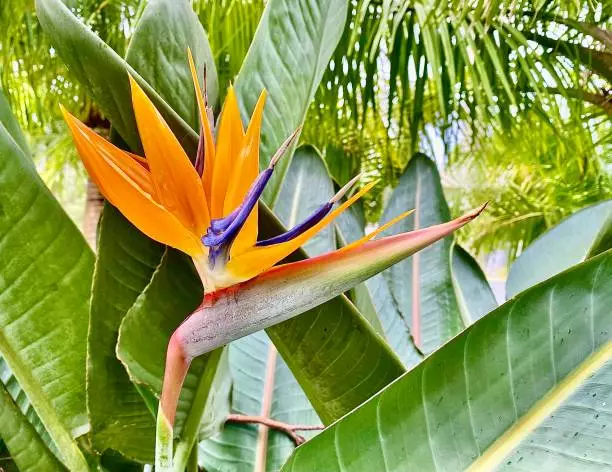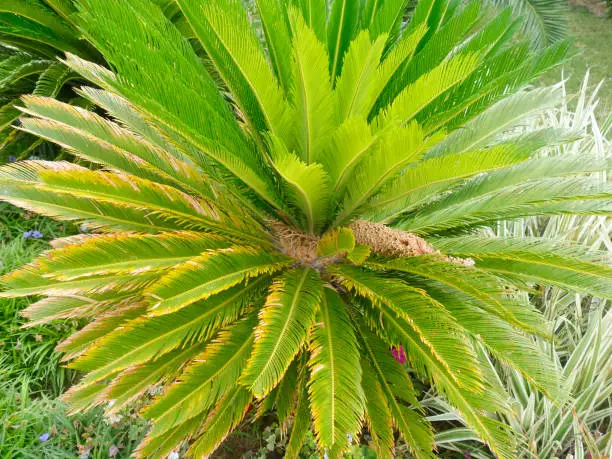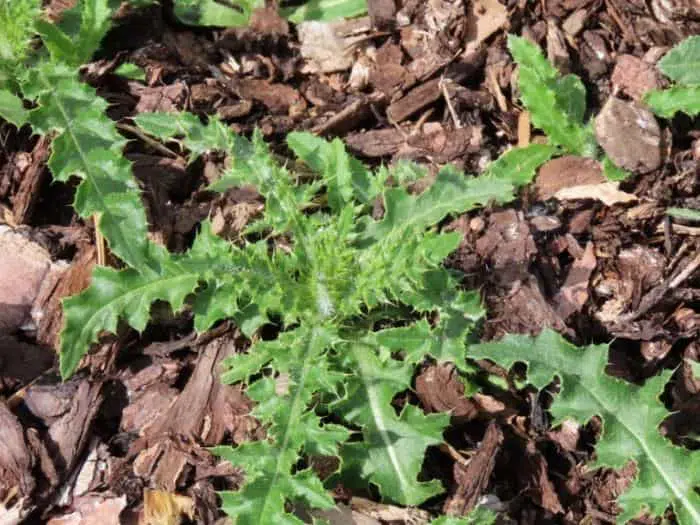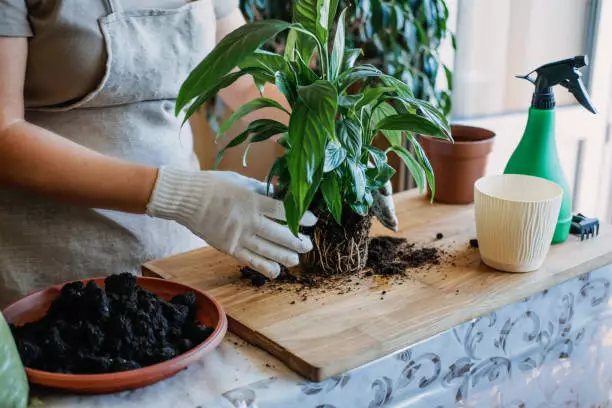Lemon trees grow natively in arid and semi-arid environments. When grown in containers, it is very easy to overwater the trees without knowing you’re choking them with water. It’s vital to prevent and deal with excess moisture at an early stage to maintain the health of your citrus trees and prevent damage by fungi and bacteria.
An overwatered lemon tree appears sickly and unattractive. Excess water affects your lemon tree leaves, fruit, and root system preventing the plant’s growth rate. To save the plant, repot it using a well-draining soil mix in a terra cotta container and water it only when the top two inches of the soil dries out.
A detailed inspection of the growing medium can also help you tell if you are overwatering your plants. Common indicators of overeating include reduced growth, soggy soils, and root rot.
Signs of an overwatered lemon tree
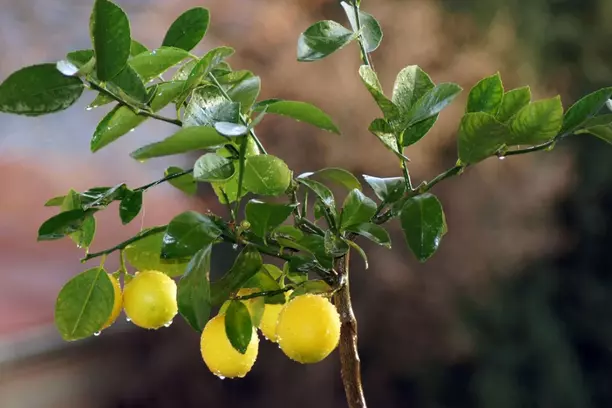
Overwatering is a common cause of diseases in lemon and citrus trees. The trees are vulnerable to overwatering when grown indoors, during wet seasons or when grown under poorly drained soils.
RELATED: HOW TO IDENTIFY AND CONTROL CITRUS TREES DISEASES
Key indicators of overwatering on lemon trees include premature leaf drop, yellowing leaves, and the presence of mold on the growing surface close to the base of the plant.
Here are the signs of an overwatered lemon plant?
Yellowing leaves
Yellowing leaves can be an indicator of overwatering among your lemon plants. Lemon trees have highly specific water requirements that can cause unintended health effects when ignored.
Although lemon tree leaves turn yellow for various reasons, a close analysis of the plant’s growing surface can help you tell if your plant is suffering from overwatering. Yellow leaves on a freshly watered lemon tree could be a sign that you are probably pouring excess water into the soil inhibiting the plant’s ability to take in water and nutrients.
Additional signs of overwatered lemon plants include brown leaf tips, wilting, distorted leaf margins, leathery leaves, drooping, and curling leaves in your citrus plants.
Stunted growth
Excessive soil moisture causes stunted/reduced growth among young lemon trees. Excess water can cause leaching which affects your plant’s ability to absorb essential nutrients necessary for growth.
Oedemas may appear on young overwatered lemon trees. Their effects are more considerable on the tree’s leaves where they appear as swellings on leaf undersides. The appearance of an edema growth could be an indicator that your plant is taking in more water than is being lost from transpiration; causing swellings to appear of soft tissues in different sections of your plant.
Stunted growth can also indicate other problems facing your lemon tree. It’s best to conduct additional analysis of your plant before concluding on a particular cause for the growth deficiency.
Root rot
Overwatering is a primary cause of root rot in many indoor plants. The excess moisture affects the root’s ability to absorb oxygen and encourages fungi to grow and causes root rot disease in lemon trees.
Waterlogged soils promote bacterial and fungal growth, which affects the root’s health and appearance. Healthy lemon tree roots should appear firm and white. Unhealthy roots appear brown and have a mushy texture. You might also notice a foul-smelling odor coming from the affected roots.
Root rot can have devastating effects on your lemon tree. If left untreated, the rot can eventually kill your plant causing it to dry up.
Dealing with overwatering can help you prevent and control root rot cases among your plants.
Premature leaf and fruit drop
Overwatering can cause premature fruit and leaf drop in lemon trees. Excess water limits their access to water and nutrients. If left unchecked, the leaves eventually yellow and fall off despite constant watering.
Lemon tree leaves have an average lifespan of up to 2 years before dropping. However, environmental and nutritional factors can cause the leaves to drop before they reach full maturity. Seasonal changes such as winter can cause leaf drops on your lemon trees, but the leaves regenerate during the warmer seasons.
Overwatered lemon tree leaves continue to drop regardless of the season. The leaves first change color to yellow before dropping to the ground. Root rot is a key factor as to why overwatered lemon trees drop their leaves. You may also notice premature fruit and flower drop because of overwatering.
While leaf and fruit drops may occur from overwatering, it is not safe to assume that cases of leaf drops on your lemon trees are primarily because of water issues. It’s best to undertake a detailed analysis of additional factors contributing to leaf/fruit drops on your plants before concluding.
Can an overwatered lemon be saved?
Overwatered lemon trees can be saved. However, an ideal recovery technique mostly depends on dealing with the issues that could be causing overwatering to occur.
Overwatering mostly occurs because of human negligence and drainage issues. Lemon trees grown in large pots are more susceptible to overwatering when compared to similar-sized trees grown in average-sized pots.
You also have to consider factors such as the potting medium, temperature, and humidity levels of the surrounding environment, and deep watering issues.
How to save an overwatered lemon tree
You can apply several measures to help your lemon tree to recover from overwatering.
It’s crucial to ensure you have correctly identified the cause of overwatering before narrowing down on possible solutions. It’s also advisable to check on the damage to your lemon tree to mitigate the consequences of excess water.
Here’s how to save an overwatered lemon tree:
1. Use well-draining soil
Lemon trees can tolerate different soil conditions. However, the plants prefer fertile, slightly acidic, and well-draining soils for optimal growth. The citrus can grow better on loam and sandy soils compared to clay (and other types with a high water retention capacity).
Use well-structured soils with high drainage to prevent overwatering your citrus plants. Lemon trees also prefer growing in slightly acidic soils with a pH ranging from 6.0-7.0. Alkaline soils reduce the plant’s ability to absorb nutrients from the ground leaving them susceptible to disease and pest attacks.
Pro tip: The rate of drainage determines how much water your lemon tree needs every time you irrigate it.
RELATED: HOW OFTEN TO WATER LEMON TREES
2. Water the citrus when the soil is dry
A common cause of overwatering in lemon and citrus trees relates to ignoring the plant’s watering requirements. Lemons require little to moderate amounts of water depending on the season, growing zone, and other environmental conditions.
For example, Meyer lemon trees require water just once a week. Always allow your soil to dry out between waterings as a prevention measure against overwatering, but deep watering is recommended. You can check if your soil needs water by dipping your finger about 2-3 inches under the surface.
If your finger comes out dry, it is a sign that you need to water the citrus tree. However, if the finger comes out moist, it indicates that your tree can do without water for a few more days. For proper watering, adjust your watering schedule to take into consideration weather changes, plant size, pot size, and maturity.
Young lemon trees require watering about twice a week while older trees require water less frequently. Lemon trees grown under indoor conditions require less water compared to trees grown under outdoor conditions.
3. Repot the tree in the right pot size
Lemon trees grown under indoor conditions are more vulnerable to overwatering when grown in excessively large pots.
An ideal growing pot size depends on the size of the lemon tree. Young lemon trees can grow well in an 8-inch growing pot while two to three-year-old trees require containers averaging 12-inches in diameter.
You can opt for plastic, wooden, or clay pots as ideal containers for growing lemon trees indoors. It’s also vital to ensure that your growing containers have drainage holes to ensure proper drainage and prevent overwatering.
Additional recovery measures include:
- Applying slow-release citrus fertilizers to improve soil’s nutrient quality.
- Pruning damaged sections of your lemon tree.
- Transplanting affected trees to new locations.
- Adhering to the plant’s temperature and lighting requirements.
RELATED: BEST FERTILIZERS FOR CITRUS TREES
References:
[1] The Answers to Common Citrus Questions
[2] Ask an Expert: Citrus trees don’t like to be overwatered
[3] Citrus
